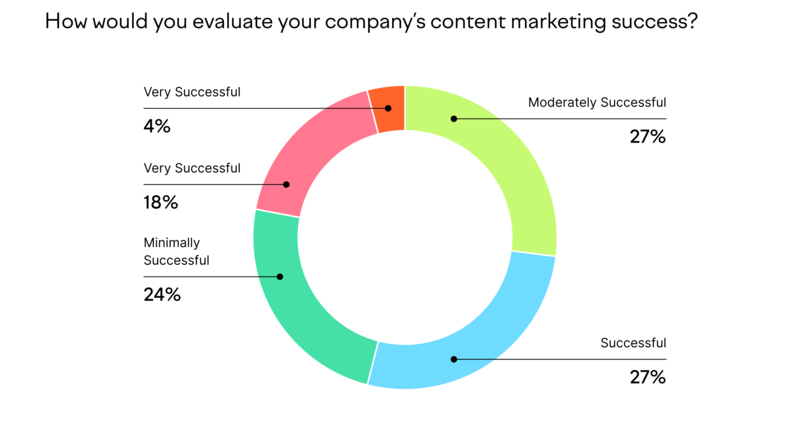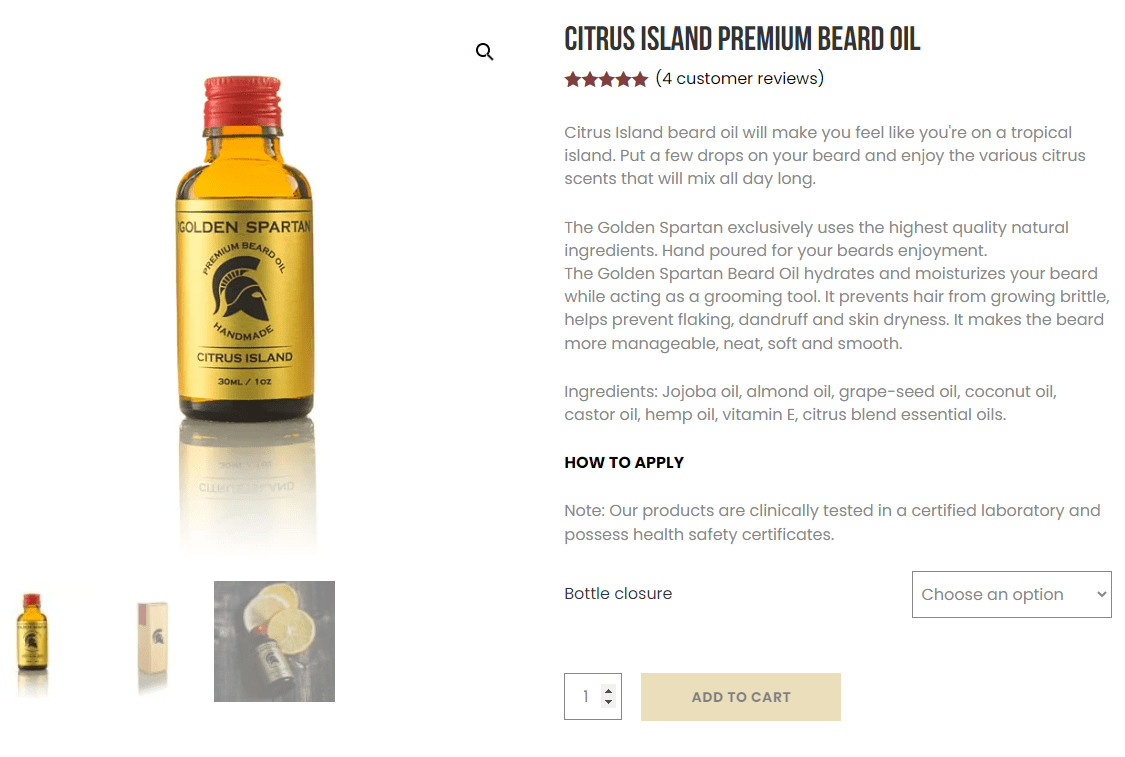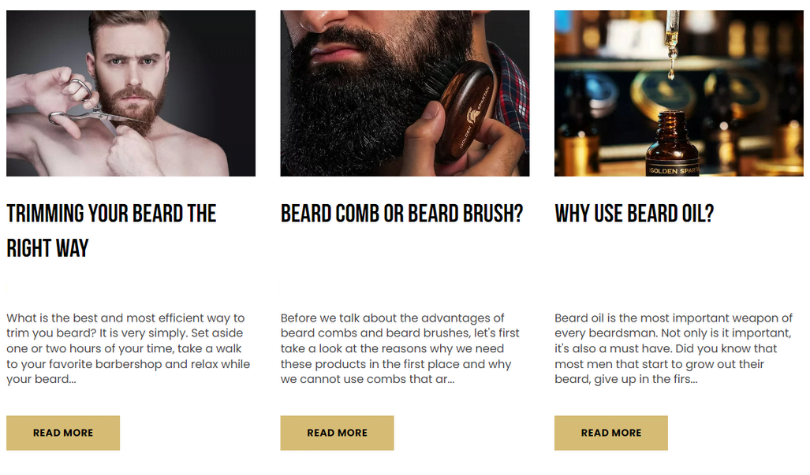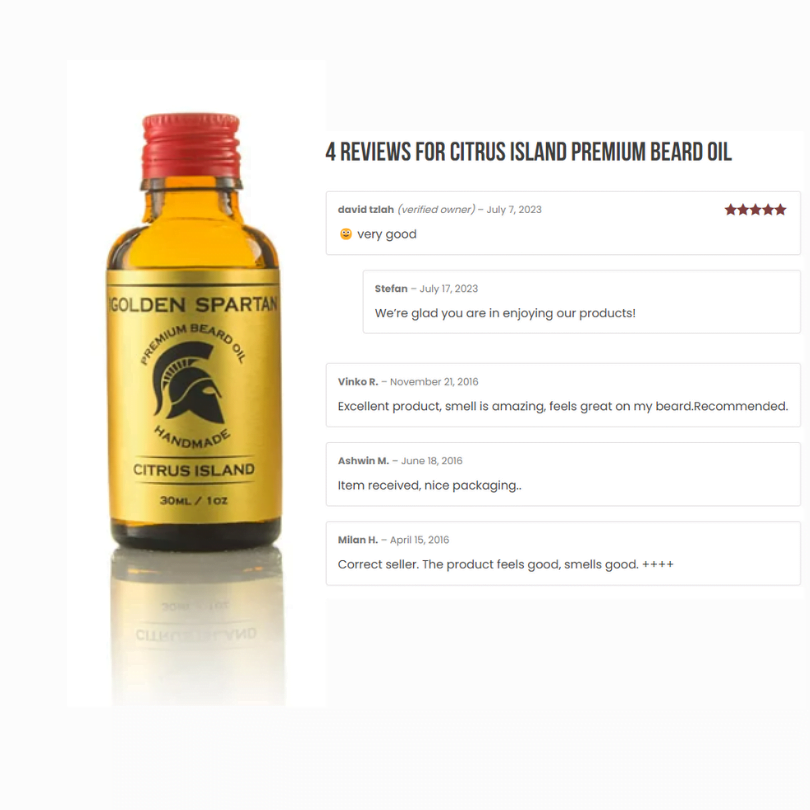The digital marketing landscape has always been full of rapid changes and fast-paced processes. Still, even decades later, one thing remains constant: Content is still king. Even then, with the continuous changes introduced via Google, technology, and other websites, such as Facebook, TikTok, and Instagram, need to address their needs for quality content in various and ever-changing ways.
That said, effective content strategies for eCommerce websites have also gotten more intricate and require more thought than just writing a few simple product descriptions, uploading a few picks, and letting the user reviews take care of the rest. Nowadays, cross-channel eCommerce content strategies, spanning through ads, social, and search, are the norm if you want to cover the most ground.
In this article, we’ll review the most important aspects of crafting a useful eCommerce content strategy that involves your social media presence, addresses your website, and more.
Defining Content: Why is Creating Content for eCommerce Websites Crucial?
In its essence, content marketing for eCommerce websites (or for any site) is an inbound strategy in digital marketing that aims to bring your potential clients and customers to you by publishing valuable and high-quality content all over the internet: social media, search engines, review sites, platforms, and so on.
The ultimate goal isn’t hard-selling your products; content marketing aims to help you build authority among your competitors to engage, educate, and entertain your visitors via relevant, practical, and quality content.
If you can deliver relevant and engaging content constantly, you can effectively boost organic traffic, customer loyalty, and customer retention and conversions.

eCommerce Content Strategy: The Types of Content Your Brand Needs
A rock-solid content strategy for eCommerce websites will typically have the needs of your target customers at the forefront. The content will have to address their questions, concerns, and challenges. You should also focus on the proper format during delivery, i.e., using the formats your audience will most likely engage with on the channels they spend most of their time on.
The type of content you will distribute will depend on the goals you want to achieve. That said, if you want to aim for long-term consistency and efficiency, you should avoid any confusion and create content that aligns with your brand’s goals and target audience’s needs.
With that in mind, here are only a few formats that may serve as the bread and butter of your content strategy for your eCommerce website.
Excellent Web Content
Even in the earliest stages of eCommerce web development solutions, marketers will be likely to point out content discrepancies. Your website content should perfectly align with your development strategy, design needs, and, most importantly, your business goals. In essence, you need content that enhances the chances of converting a reader to a customer.
From your product pages to your FAQ sections, your content should stand out from the sea of competing pages. While this can be difficult, you can always address your potential customers’ most common concerns and headaches that your services and/or products are attempting to solve.
Furthermore, you can always embrace your branding, brand spirit, and other practical writer tools like humor and common sense to “resonate” with readers.

Blog Posts and Storytelling
While most eCommerce content strategies will use blog posts for education, you can also use them for other purposes, like storytelling, which can help boost brand awareness and add a more “humane” touch to your eCommerce website. Even in the digital age, people prefer to buy from people, and if your visitors see the human “behind” the website, they are more likely to do business or at least revisit your site.
So, feel free to tell stories about your culture, values, achievements, and founders to create a more emotional connection with your potential customers. You may also use customer stories to show how your products helped them solve their challenges and struggles.

Content for The Buyer Journey
You create a more specific brand image when you have content that helps educate your audiences on using your products. More specifically, your website takes up the role of an “educator,” and in turn, will help you generate more organic traffic and better overall SEO results. Why? Because both Google and your visitors will know that you provide relevant and reliable information on the World Wide Web. Optimize your content with the proper keywords, and you stand a better chance of improving your rankings.
Social Proof for The Win
Ratings, reviews, and success stories from your current customer base are all essential for your branding and making your content strategy more effective. Here, people who have purchased/worked with you can leave feedback regarding your product quality, policies, refunds, returns, delivery times, and more.
Success stories can be massive motivators to potential buyers and help humanize your brand and products even more.
On that note, you may also leverage the benefits of guest posting and working with influential figures in your niche. Have them write or record authentic and unbiased product reviews.

Optimize All Forms of Content
Creating content for an eCommerce website should be the same as for any other site that will want to leverage the power of SEO. Every content you create should be optimized for search engines and rank well.
In this case, on-page SEO practices can be beneficial as they help you create content that adheres not just to Google’s keyword and engagement standards but also to other aspects, such as user experience, loading speed, and more.
Furthermore, ensure that the content you create addresses the most common customer pain points and answers most concerns and user questions.
Still, this is only the tip of the iceberg regarding the complex world of search engine optimization. Don’t forget content marketing and SEO most often go hand in hand, so the two should also be addressed together.
Creating Content for eCommerce Websites: Coming Up With Ideas
Formats and SEO are one thing, but the secret behind an effective content strategy is creating unique, helpful, and original content that “speaks” to your audiences. Below are a few good strategy examples that can help you come up with valuable ideas:
- Perform competitor research: Looking at a competitor’s site can tell you much about what’s happening in your niche and give you a few ideas to create your own content. What are their most popular pieces? What formats are shared the most? How do they approach social media? Do they sell on more than one site? What do their social channels look like?
- Google top-performing content: Reverse engineer the process of creating content by looking at the search trends of your potential customers. Check out the top results on the key phrases you are trying to rank and study the content thoroughly. The top results can help you crack the code and gain more insight into what kind of content “sells.”
- Be upfront with your audience: Sometimes, being blunt and asking can help. Ask your visitors first-hand about the type of content they would like to consume. Maybe they’ll help you come up with something that’s totally unique and will set off a new trend.
Content Strategy for eCommerce Websites: Distribute and Promote
Promoting and distributing your content is another important aspect of your strategy. From email marketing campaigns to Google advertising, you can promote your creations in several ways.
Harness The Power of Social
Social platforms have always been extremely helpful in distributing content, but you need to know which platforms are the most popular among your audience. Also, you need to make sure that your content is posted on social media platforms that help maximize its potential.
For instance, Instagram and Pinterest are both heavy on visuals. Pinterest-centered content can create links to your products, while Instagram can be a great place to share your videos and high-quality product images.
On that note, Facebook is pretty much great for everything: you can share your blog posts, videos, and images here to connect with your audience.
Lastly, YouTube is the go-to platform for your video material, no matter whether you want to educate, entertain, or even sell.
Exploring Other Options
If you have non-competing brands with whom you foster a relationship, you can explore co-branded giveaways and combine your marketing efforts to reach an even broader audience. This can be a really fun and creative way to reach more people and brainstorm even more exciting ideas for new content types and formats. By participating and signing up for email campaigns, brands can simply and effectively receive thousands of new leads and can later remarket their content and offers.
eCommerce Content Strategy: Effective Tactics
Don’t Neglect The Visual Appeal
When we hear the word “content” it’s easy to associate everything with text, but in essence, content may also be video, images, and more. Why are we talking about this? Well, in most cases, every one of us wants to see the stuff they’re buying, right? That said, you should never neglect the abundant use of still images or video materials of your products.
On that note, high-quality video production can help you take two pigeons with one bean. It also addresses the visuals and can offer enough space to educate, inform, and even review a product. Video reviews and tutorials are great for bringing both your product and brand to your audiences while also having a good chance of gaining social proof at the same time.
Double Down on High-Performing Channels
Content strategies are for the long run, and as such, you need to consider those channels that you’re the most comfortable creating content for while also making sure it reaches the lion’s share of your audience.
For instance, if you’ve been running very successful newsletter campaigns over the years and your conversions are still very high, you shouldn’t just throw that away because everyone’s doing TikTok challenges. Sure, you are always encouraged to explore new content formats and channels, but you don’t need to reinvent the wheel every single time a new trend comes up.
On the other hand, if you see that your blog posts aren’t generating enough traffic, you may want to consider freshening things up a bit, let’s say, with a few videos, behind-the-scenes footage, and more.
Exploit ALL The Benefits of Video
We’ve pretty much already explained that video content can be your best bet to answer every burning question while demonstrating your products in a simple take. Video is a massively popular content format, and it can help explain how a product works and can offer reviews and specific “lifestyle snippets” of people using your products.
While professional video production may initially be a bit overwhelming and even intimidating, leveraging its benefits can help boost several aspects of your online presence. Working with experienced professionals can make a massive difference, so if you want to ensure that you get the most ground covered with video, working with seasoned staff is essential.
Content is Still King
As we conclude this journey through the intricacies of eCommerce content strategy, the resounding message is clear: In a world where content reigns supreme, a thoughtful and adaptive strategy is the key to surviving and thriving in the ever-evolving digital marketplace.
Content has managed to endure every trend and technological change. New formats have emerged, and customers tend to engage with content in various ways. However, one thing hasn’t changed: content still has the power to educate, build brand awareness, and establish your company as an authoritative figure within your niche. It’s still a cornerstone in SEO and still gives businesses the most opportunity to get closer to their potential customers.





